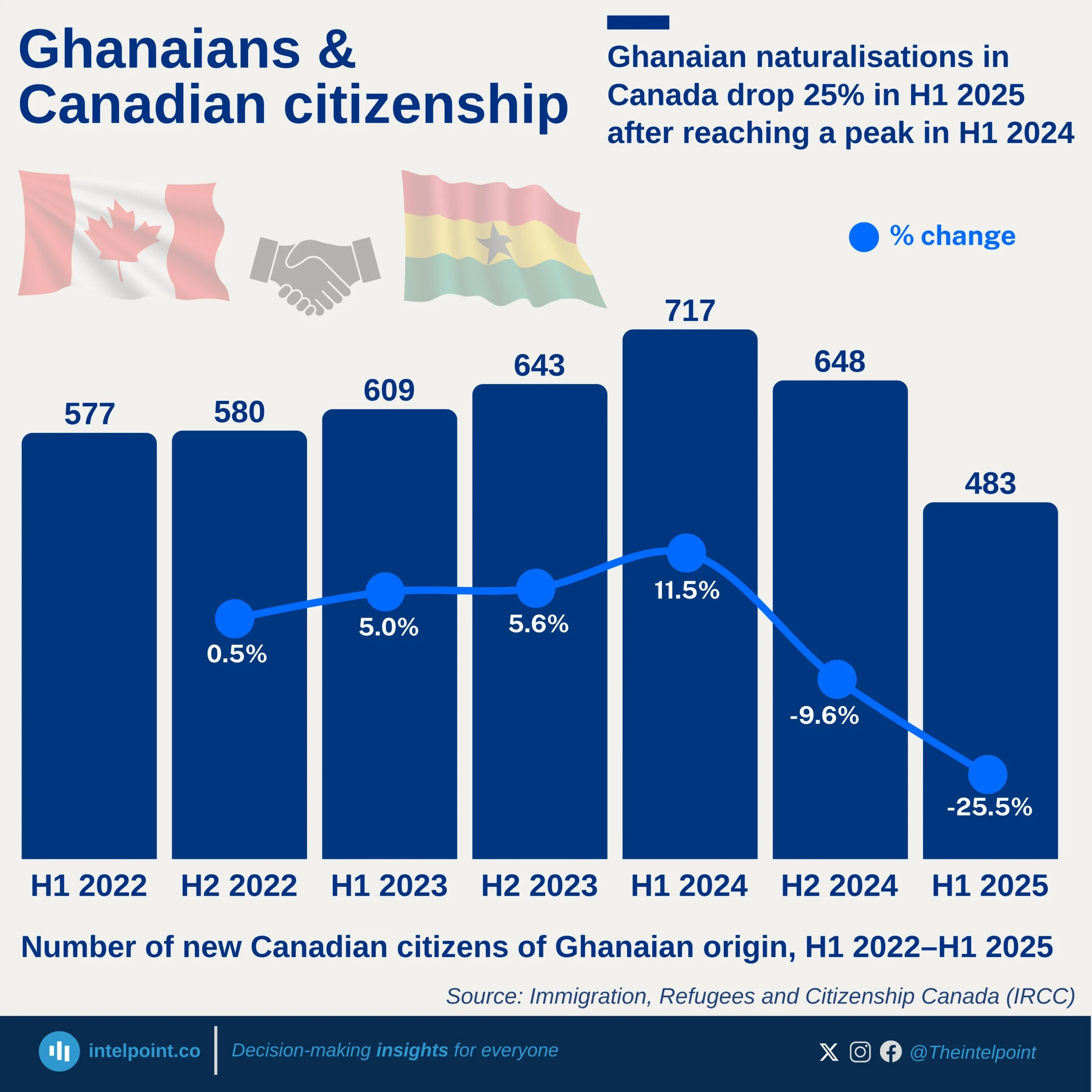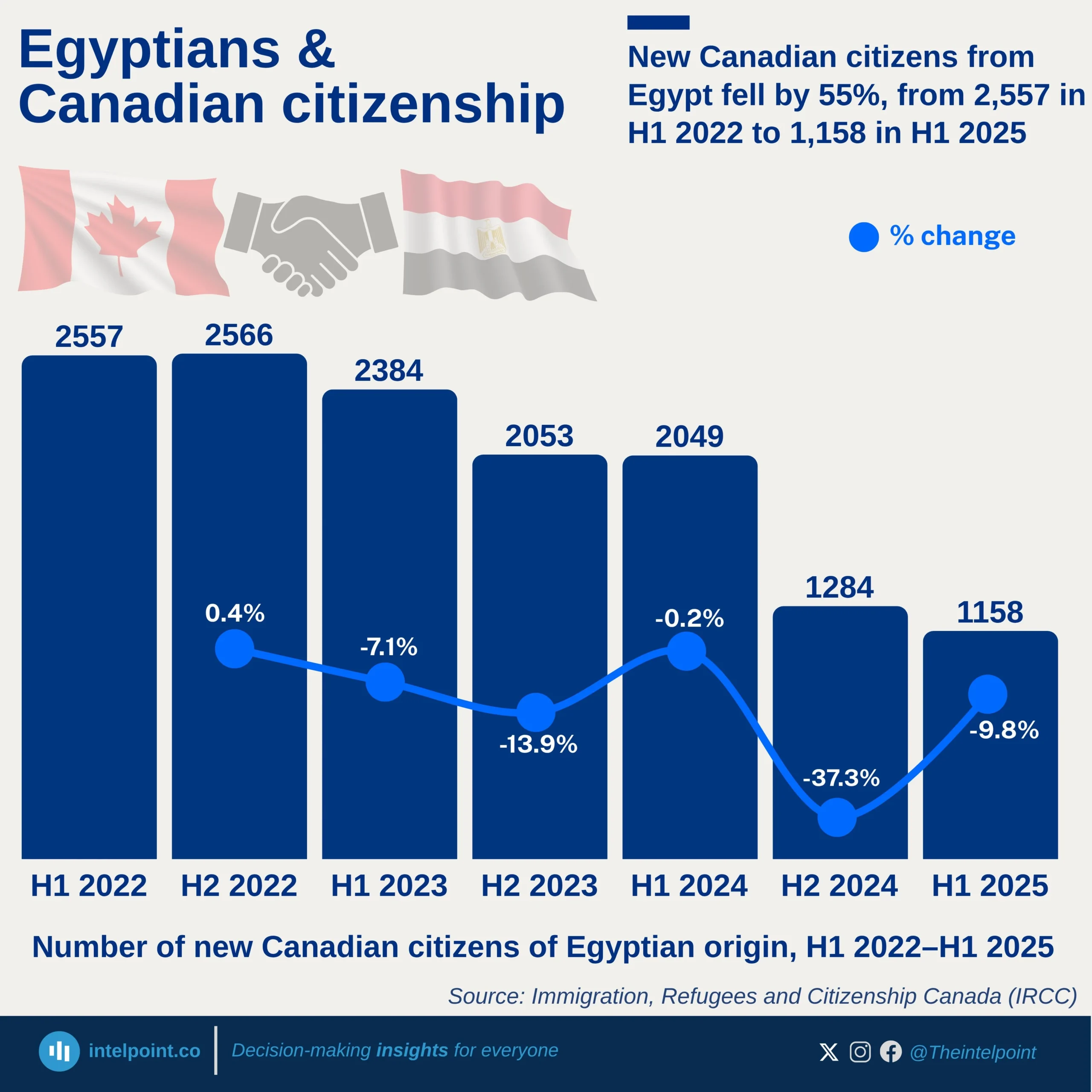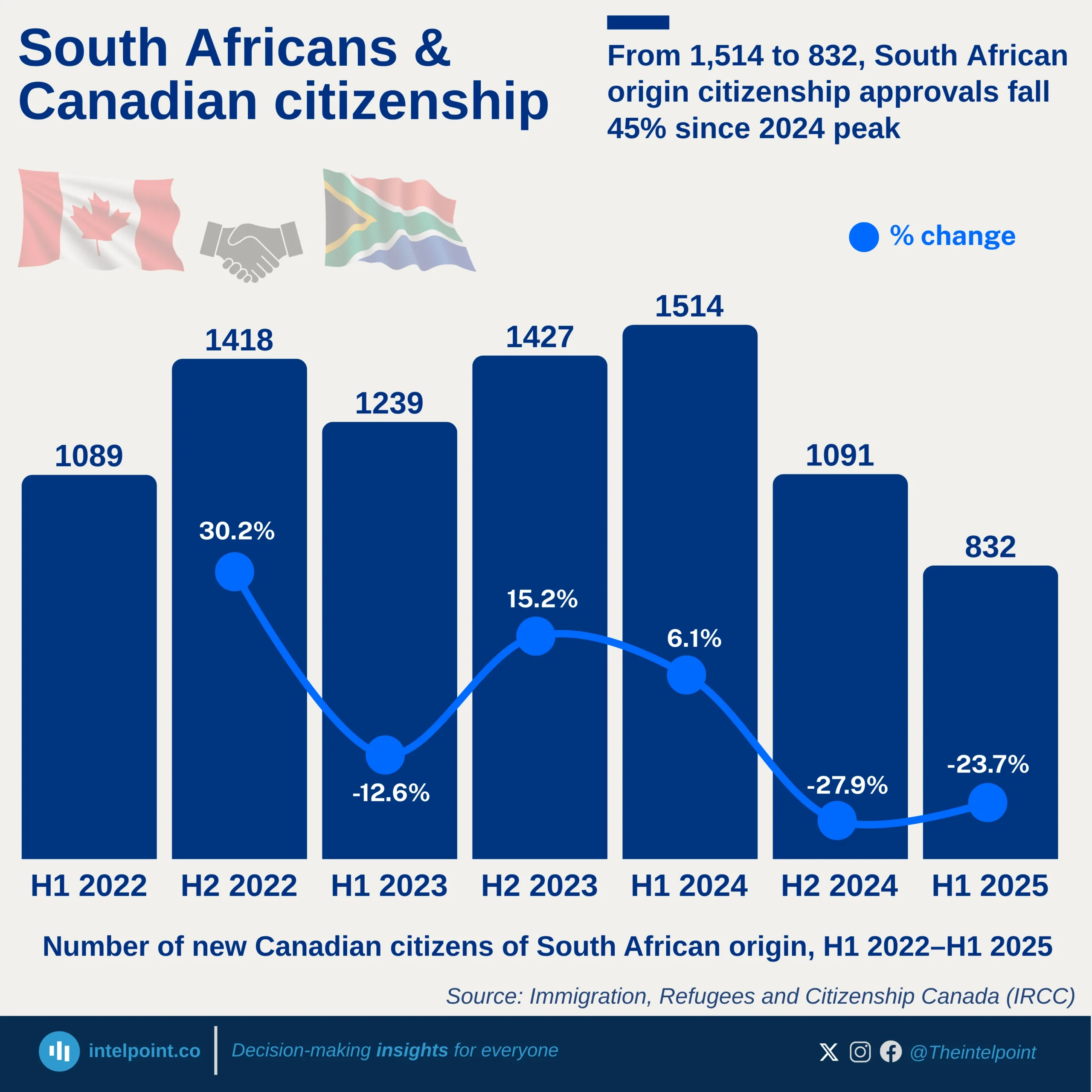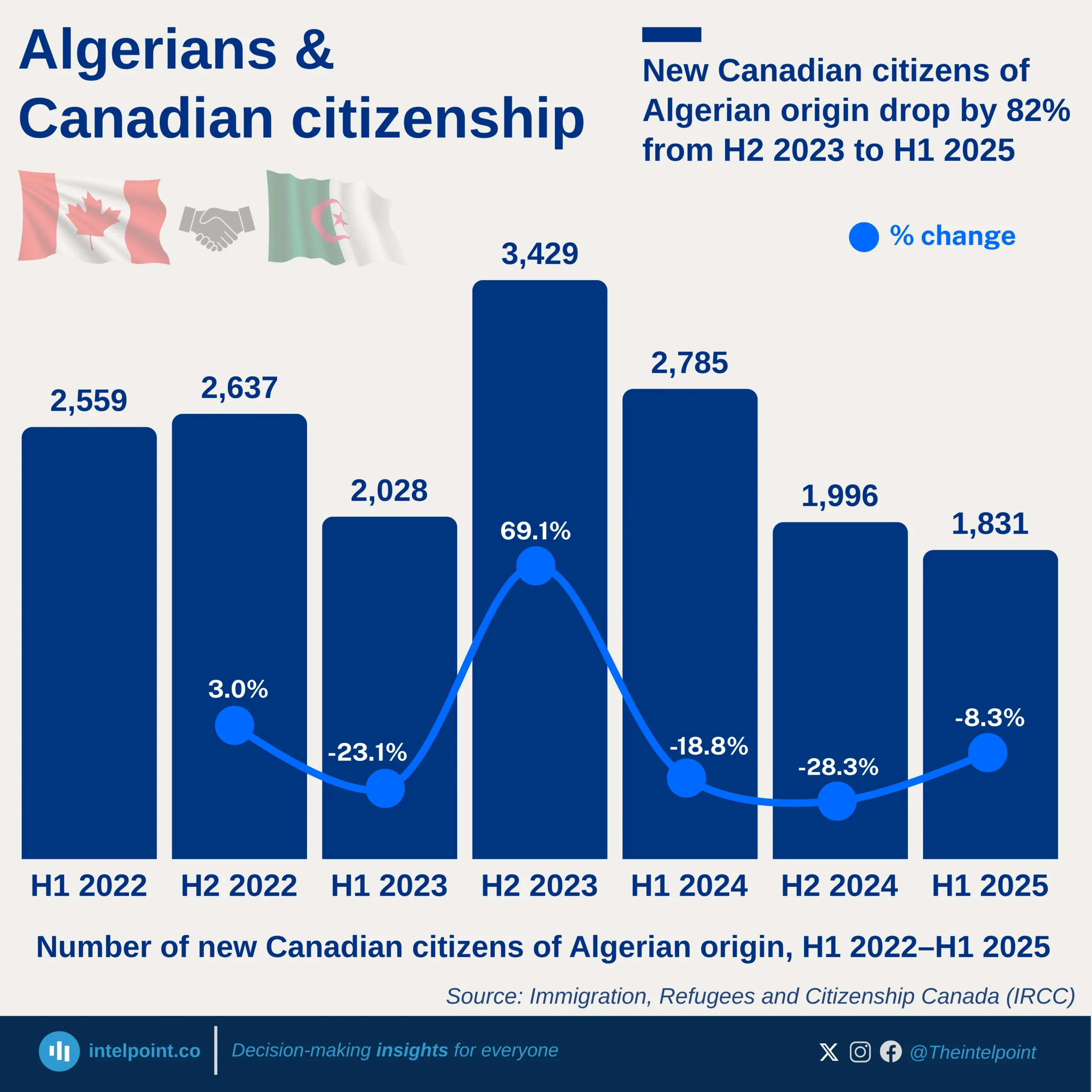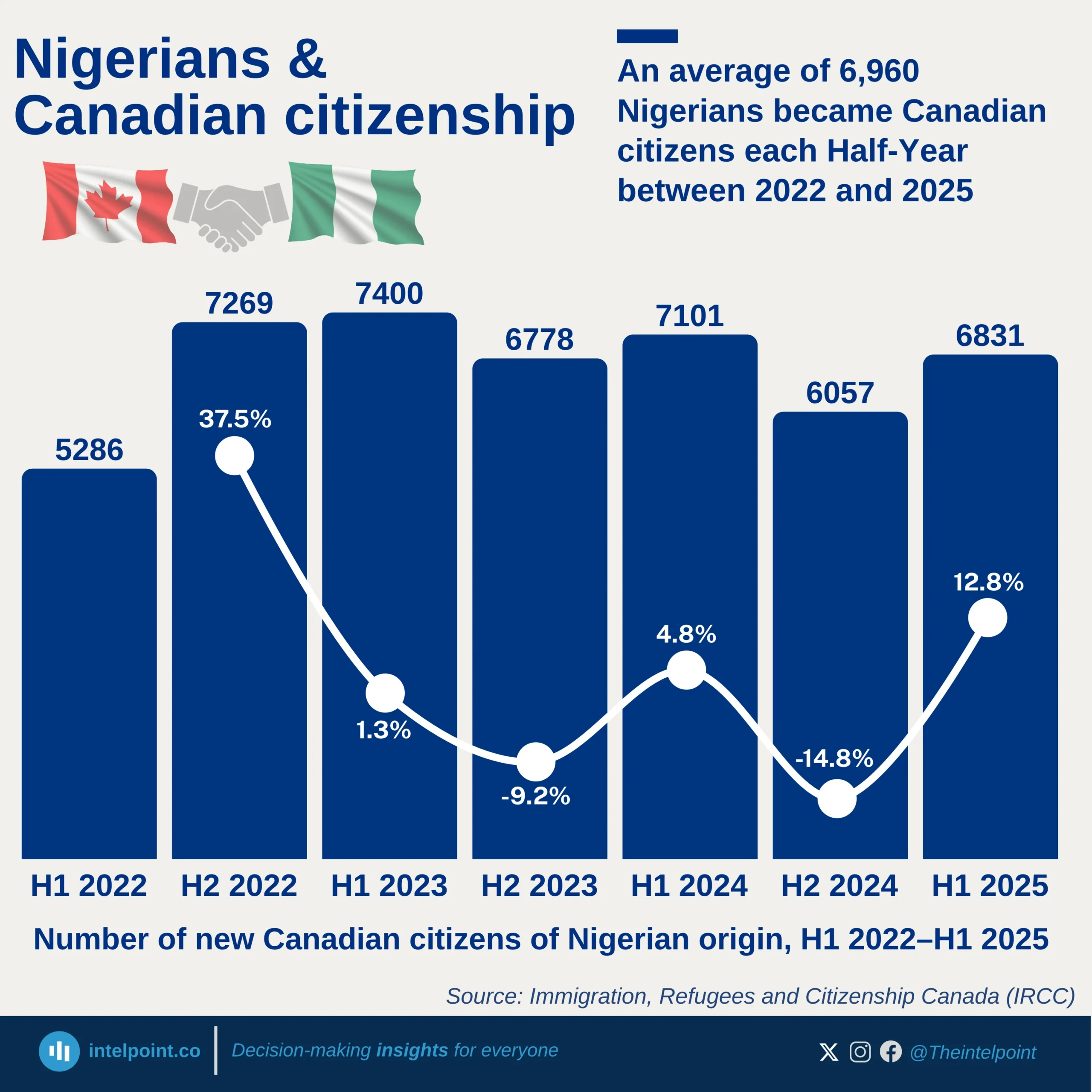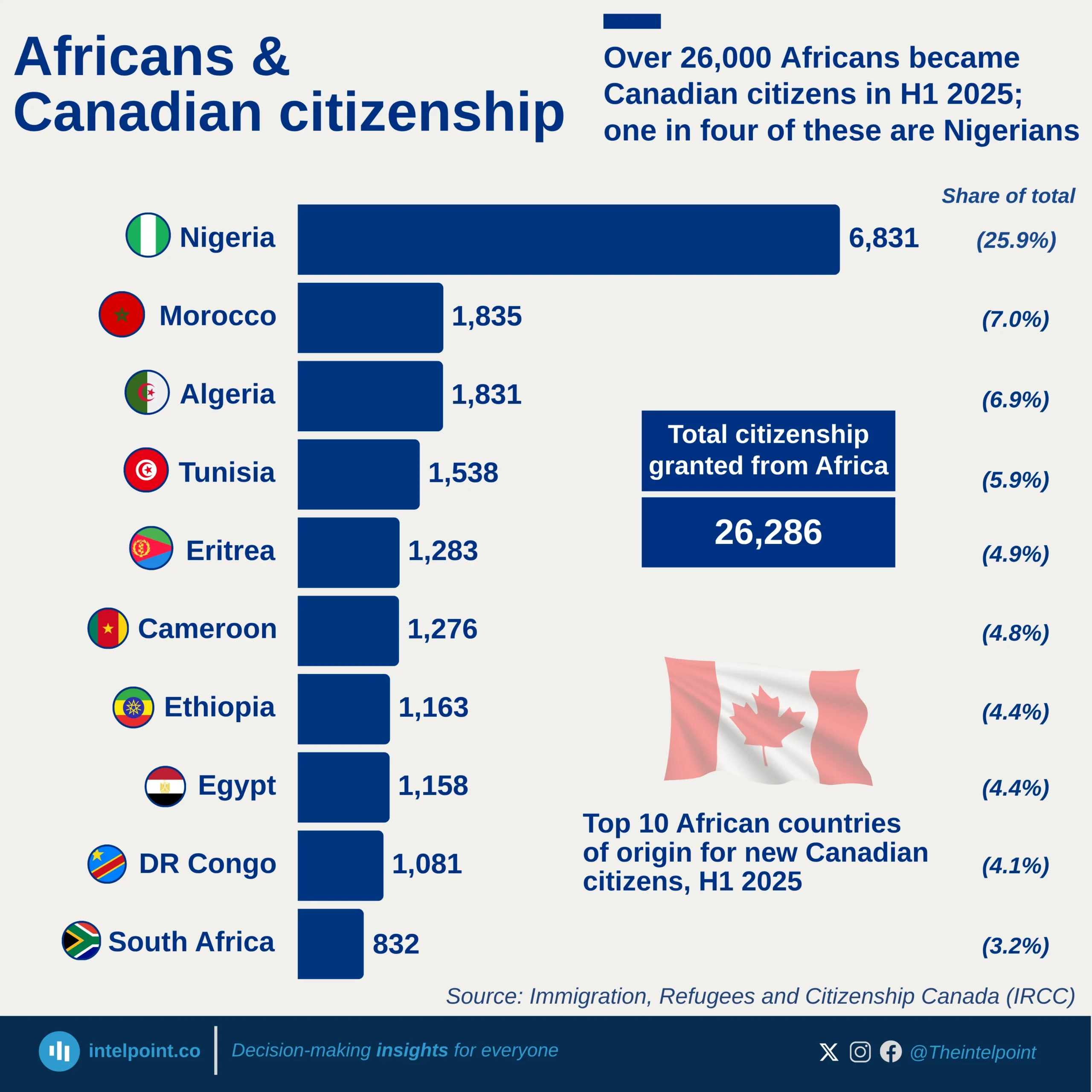In 2024, about 1.7 million Schengen visa applications were rejected at consulates around the world, according to the European Commission. Algeria had the highest number of refusals, followed by Turkey, India, and Morocco. Several African countries like Nigeria, Senegal, and Tunisia also stood out, not just for how many people applied, but also for how often they were turned down. This shows the ongoing struggles many people in the Global South face when trying to get a Schengen visa.
Notably, six countries out of the top 15 global consulate countries with the highest number of visa rejections were in Africa, a signal of the growing challenges faced by applicants across the continent. These include Algeria, Morocco, Nigeria, Egypt, Tunisia, and Senegal.
These rejections also came at a cost. Schengen visa fees are non-refundable. Adults usually pay €90 and children €45 per application. So when applications are denied, that money is gone. It added up to millions of euros lost in 2024.
